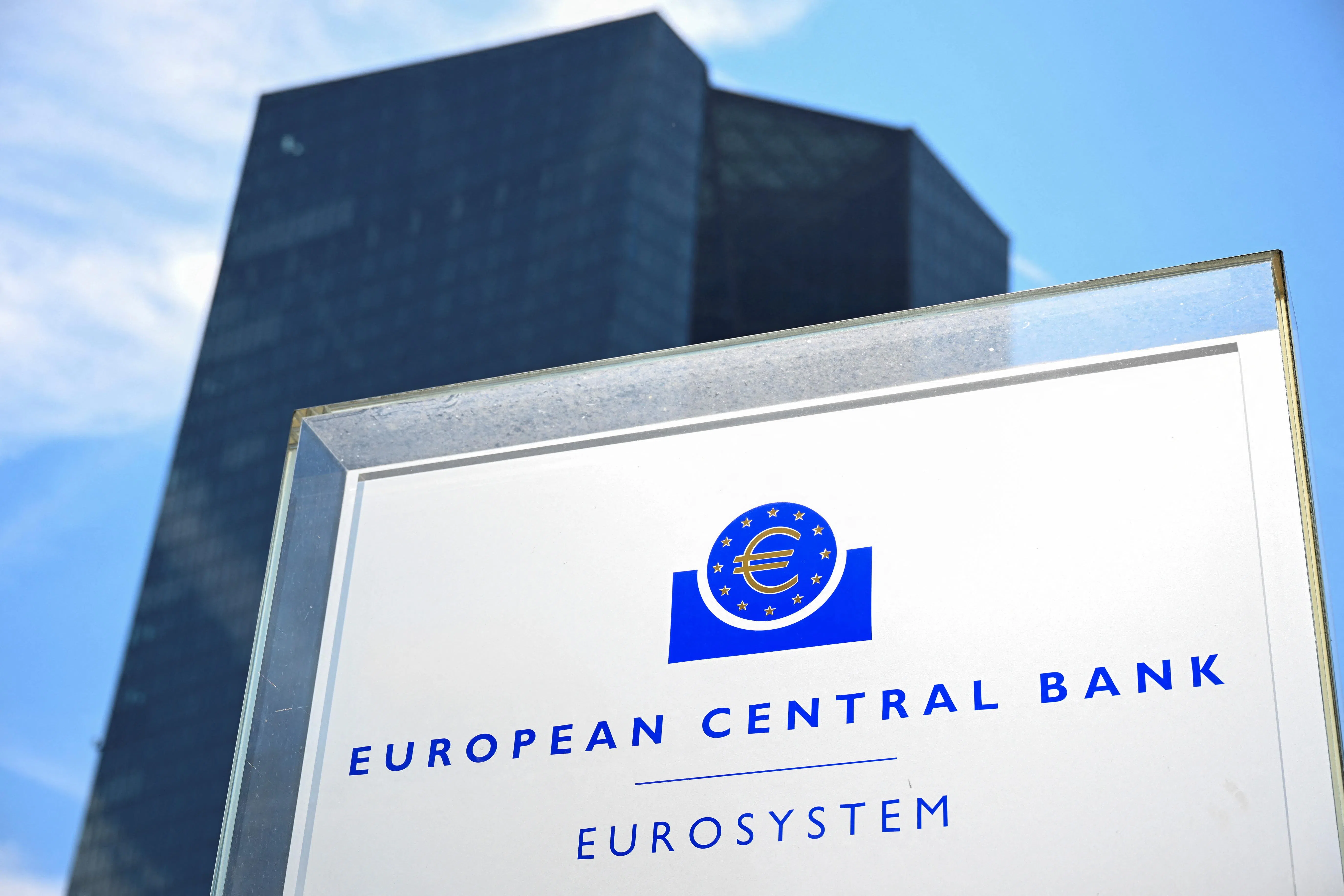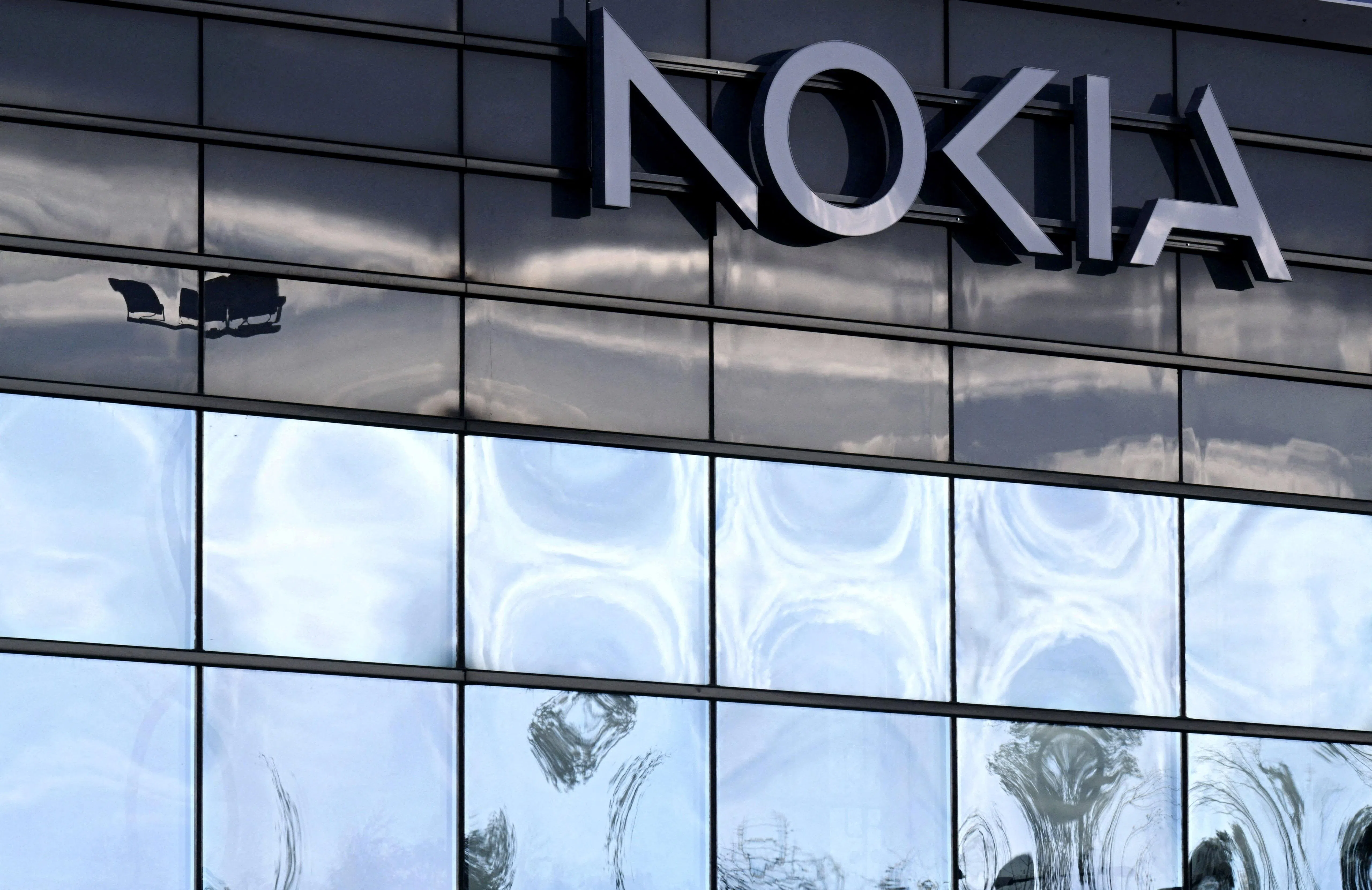THE European Central Bank (ECB) kept interest rates unchanged as expected on Thursday (Jul 18) and gave no hints about its next move, arguing that domestic price pressures remain high and inflation will be above its target well into next year.
ECB chief Christine Lagarde refused to commit to a possible interest rate cut in September, saying that the outcome of the next meeting remained “wide open” and would depend on latest data.
The ECB’s governing council does not have “any pre-determined rate path”, Lagarde told reporters in Frankfurt. “So the question of September and what we do in September is wide open and will be determined on the basis of all the data that we will be receiving,” she added.
The ECB cut rates from record highs last month in a move that even some of its policymakers considered rushed after progress on lowering inflation to its 2 per cent target stalled. With domestic inflation still stubbornly high and wage growth sticky, the bank is likely to be more cautious about a follow-up step.
The ECB came out with a balanced message following Thursday’s meeting, arguing that corporate profits were absorbing some price pressures, but that risks remained and further evidence was needed before policymakers could pull the trigger a second time.
“The incoming information broadly supports the Governing Council’s previous assessment of the medium-term inflation outlook,” the ECB said.
BT in your inbox
Start and end each day with the latest news stories and analyses delivered straight to your inbox.
“Domestic price pressures are still high, services inflation is elevated, and headline inflation is likely to remain above the target well into next year,” the ECB said in a statement.
“The Governing Council will continue to follow a data-dependant and meeting-by-meeting approach to determining the appropriate level and duration of restriction,” it added.
Markets are pricing in almost two rate cuts over the rest of the year and a little more than five moves by the end of next year, a view no policymaker has openly challenged in recent weeks.
Although investors will seek stronger guidance, the central bank for the 20 countries that share the euro currency has repeatedly burned itself in the past by being overly specific about future moves.
It committed to a June rate cut months in advance and when a string of last-minute data pointed to elevated wage and price pressures, the merit of the step was questioned by economists as well as some of its policymakers.
Another issue is that the Sep 12 policy meeting is unusually far away and a rich set of economic data will come out before policymakers meet again.
Quarterly figures on growth, wages and productivity are all due out by September, plus two more monthly inflation readings, while the ECB will give its own new inflation and growth projections at the meeting.
This suggests that policymakers are unlikely to firm up their view on the September meeting until the closing weeks of August at the earliest.
Sticky services costs
The ECB’s key concern is that domestic prices, particularly for services, are moving sideways, while relatively quick wage growth threatens to perpetuate inflation above the ECB’s target.
Multi-year wage deals already struck point to easing wage pressures later this year, suggesting that more benign numbers should come through eventually.
The economy also remains relatively weak, with a string of surveys pointing to anaemic growth, easing fears that buzzing summer activity, particularly in tourism, will further fuel price pressures.
But much of this is still just a hope and there have been few hard indicators coming through since the June six rate cut to confirm that projections are materialising into fact.
Some also argue that the ECB is downplaying risks to its central scenario, which puts inflation back at its 2 per cent target by the end of 2025 even as rates continue to ease.
Another uncertainty is just how quickly the US Federal Reserve will cut interest rates.
While ECB policy is technically independent, it is difficult to be too far out of sync with the world’s biggest central bank. Higher US rates would encourage investors to move their cash there, weakening the euro and boosting imported inflation.
Markets now see the Fed cutting in September, with a second move coming before the end of the year, a timeline that would also support two more ECB cuts. REUTERS






